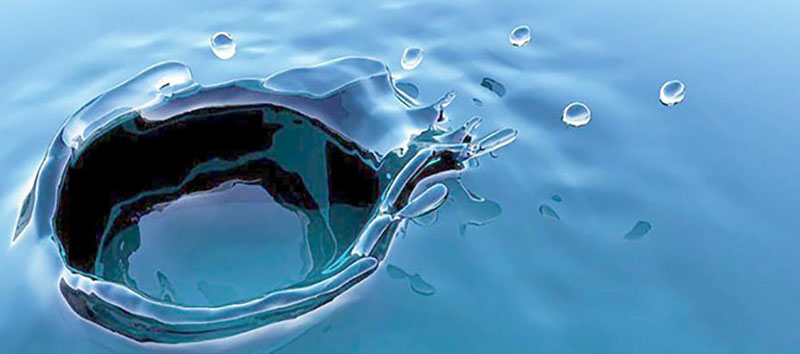Disinfection by-products (DBPs) are formed when disinfectants (chlorine dioxide, chlorine, chloramines or ozone) react with naturally occurring anthropogenic contaminants, organic matter, iodide, and bromide during the production of drinking water. DBPs are presented in most drinking water supplies that have been subject to chloramination, chlorination, ozonation, or treatment with chlorine dioxide.

Epidemiological studies have looked at the associations between exposure to DBPs in drinking water with adverse birth outcomes, cancers and birth defects. The safety of drinking water is important for our life and many regulators have established regulations to ensure the safety of drinking water. The level of trihalomethanes (TTHMs) has been set at 100 micrograms per liter, and the level for bromate to 10 micrograms per liter. And Maximum contaminant levels (MCLs) have been set by the United States Environmental Protection Agency, for total TTHMs, bromate, chlorite and haloacetic acids. The World Health Organization has established guidelines for several DBPs, including trichloroacetic acid, chlorate, chlorite, chloroacetic acid, dibromochloromethane, chloroform, cyanogen chloride, dibromoacetonitrile, dichloroacetic acid, dichloroacetonitrile, N-nitrosodimethylamine (NDMA), bromate, and bromodichloromethane.
Disinfection By-Products Analysis at Creative Proteomics
Creative Proteomics has a state-of-the-art trace analysis platform for disinfection by-products analysis service with liquid chromatography, gas chromatography coupled with various detector options, to help you with trace level disinfection by-products analysis. Based on highly experienced in disinfection by-products analysis, we can provide a comprehensive range service. Our disinfection by-products analysis services include but are not limited to:
- Aldehydes
- Aldoketoa cids
- Carboxylic acids
- Cyanogen halides
- Haloacetic acids
- Haloacetonitriles
- Haloketones
- Oxyhalides
- Trihalomethanes
Creative Proteomics is specialized in offering a set of services for disinfection by-products analysis, we have various analytical technologies for DBPs with high sensitivity and broad applicability for a wide range of compounds, including high molecular weight, non-volatile, polar, and thermally labile compounds, including but not limited to:
- Gas chromatography-mass spectrometry (GC–MS)
- Size exclusion chromatography (SEC)
- Liquid chromatography (LC)–MS
- Flow injection-atmospheric pressure chemical ionization-MS (Flow–injection APCI–MS )
- Electrospray ionization (ESI)–MS
- High-field asymmetric waveform ion mobility spectrometry (FAIMS)–ESI–MS
- Membrane introduction mass spectrometry (MIMS)
- IC–ESI–MS
Creative Proteomics' analytical scientists are highly experienced and knowledgeable in disinfection by-products analysis, and we can apply the analytic techniques and analyses to a wide variety of services. Our experienced scientists and advanced techniques enable us to deliver consistent and high-quality data with cost-efficiency. If you have any questions, please feel free to contact us.
References
- Carter R.A.A; Joll C.A. Occurrence and formation of disinfection by-products in the swimming pool environment: A critical review. J Environ Sci. 2017, 58:19-50.
- Zwiener C; Richardson S D. Analysis of disinfection by-products in drinking water by LC–MS and related MS techniques. Trends in Analytical Chemistry. 2005, No. 7(24):613-621.






